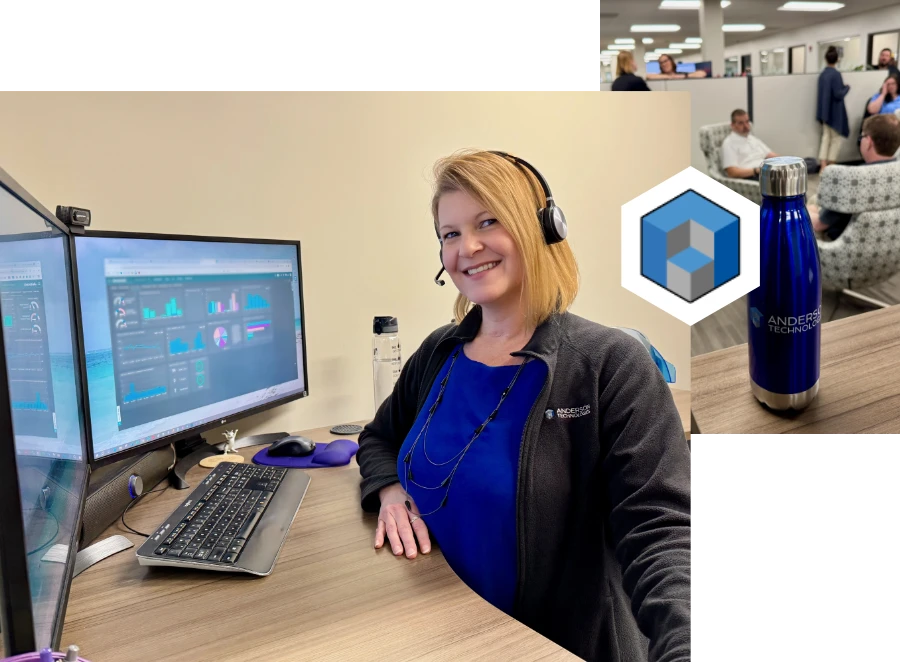About Us
St. Louis' Premier Outsourced IT Team
The Anderson Technologies Team
The Anderson Technologies team is united by a drive to create innovative technology solutions that meet your needs where they are today—and where your business is headed tomorrow. We strive to take your technology lightyears ahead of your competition and scale with your business’s success. For over 25 years, Anderson Technologies has leveraged its strengths for the benefit of its clients, pulling together the right team for every project.
We are a dynamic team of IT professionals with over 200 years of combined experience and all the certifications you need to inspire confidence in our work.
We are real people creating business-changing solutions.

Our Confidence-Inspiring Certifications



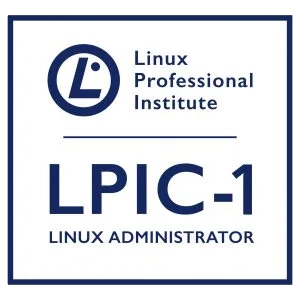
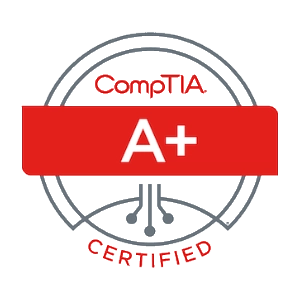
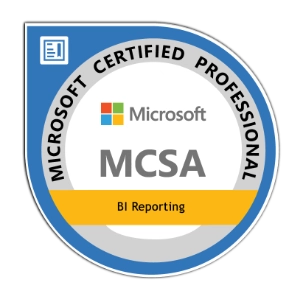

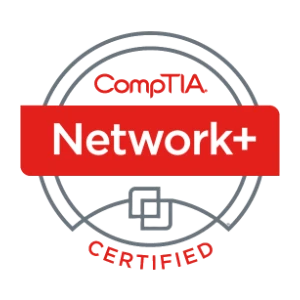
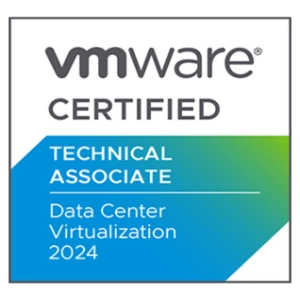
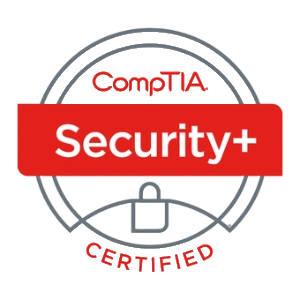
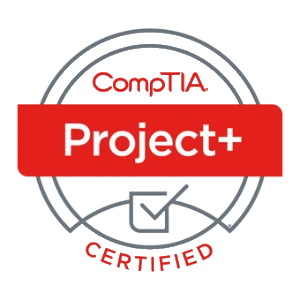
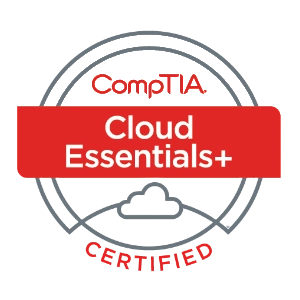
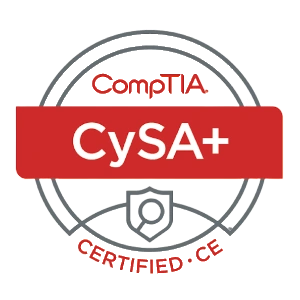
Client Insights, Quotes,
and Recognition
The Value We Create For Our Clients Matters Most
There are a lot of people out there, but you can’t trust just anybody with your computer information. While your dentist keeps many of your secrets… well, your computer person does, too! We were so happy to find them. We knew we had a problem but we didn’t know how to go about finding someone to help us. Everything they do is so competent; they know what they are doing!”
– J.S., Principal, Architectural Firm
Anderson Technologies Is Driven by Our
Core Values in Everything We Do
From business operation to company culture to hiring, we strive to always exemplify these qualities.
Golden Character
Detailed Excellence
Infinite Mindset
Initiative
Dedicated and Loyal
Humbly Intelligent
Optimistic
Leadership Team

Farica Chang
Managing Principal
As Managing Principal of Anderson Technologies and Anderson Archival, Farica leads teams dedicated to delivering secure, scalable technology and digital preservation solutions. From IT infrastructure and cybersecurity to safeguarding historical archives, their work is driven by precision, integrity, and a commitment to excellence.
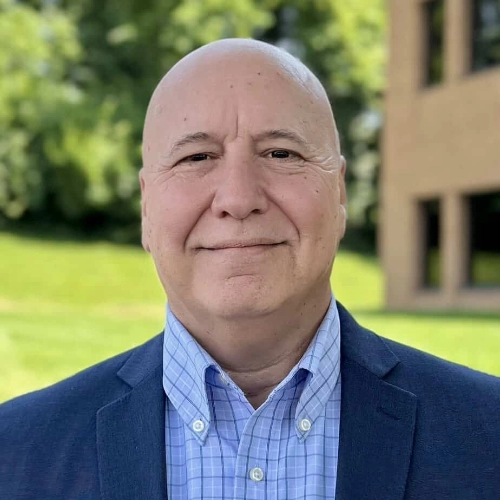
Robert Sanazaro
Chief Executive Officer

Corbitt Grow
Director, Business Development
Corbitt joined Anderson Technologies in 2022, excited to bring his passion for building relationships and helping companies thrive. Starting in account management, he took time to learn the ins and outs of the company and our clients, as well as truly understand the ever-increasingly important role IT and cybersecurity play for companies. Now, as Director of Business Development, he leads the team in driving growth and ensuring exceptional client service across new and existing clients.

Hadley (Anderson) Grow
Director, Client Services Management
In 2022, Hadley decided to return to St. Louis to join the family business. As part of the second generation, Hadley brought fresh perspectives from her time at AT&T and was drawn to helping the company grow the right way by implementing scalable systems and processes, while maintaining the core value-centric culture.
As a Project Manager, Hadley facilitated technical projects and the development of interdepartmental playbooks while gaining a deep understanding of the inner workings of the business operations. Now, as Director, Client Services, Hadley is known for her driven, process-oriented leadership and her dedication to finding solutions for every challenge no matter how daunting it may first seem.
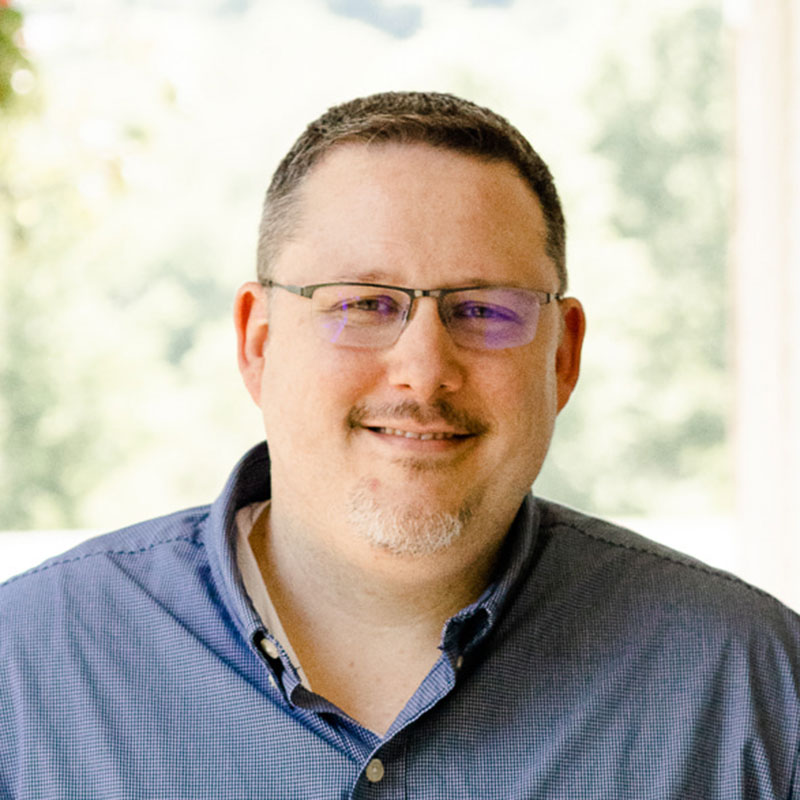
Luke Bragg
Chief Technology Officer
As CTO of Anderson Technologies, Luke Bragg leads the firm’s technical strategy and innovation initiatives. With a deep commitment to cybersecurity, infrastructure optimization, and client success, Luke brings over a decade of hands-on experience in IT leadership. He plays a pivotal role in discerning new technology solutions and guiding complex transitions, including co-managed IT environments and strategic consulting engagements. Based in St. Louis, Luke is known for his collaborative approach and dedication to delivering secure, scalable solutions that empower organizations to thrive.

Lourens de Beer
Vice President, IT Operations
Lourens de Beer oversees the strategic direction and daily execution of the information technology service delivery for our clients. With a sharp focus on operational excellence and cybersecurity, Lourens ensures that every system and process supports the company’s mission to provide secure, reliable IT solutions. He collaborates closely with leadership and technical teams to drive innovation, streamline operations, and maintain high standards across all service areas. Lourens brings a wealth of experience and a steady hand to complex IT environments, making him a trusted leader in the organization.
Founders

Mark Anderson
Founding Principal
Mark Ian Anderson is an IT strategist and one of the Founding Principals of Anderson Technologies, an IT consulting company in St. Louis. Mark began his career as a software engineer in the Avionics Laboratory at McDonnell Douglas and later worked for IBM. He joined Anderson Technologies after Amy founded it in 1995 as an authorized consultant for SBC Communications (now AT&T).

Amy Anderson
Founding Principal
Amy began her career as a software engineer in the Artificial Intelligence Center at McDonnell Douglas, where she honed her skills in system analysis, design, and implementation with a heavy technical emphasis on large-scale distributed client-server applications, object-oriented development, and graphical user interface design.
A Free IT Assessment Can Help You Identify Risks
Your organization is too valuable to not have modern IT systems to keep it safe and make it scalable. A free Anderson Technologies IT Assessment will identify where you are the most vulnerable and recommend the areas to address first, affording you the most protection and peace of mind.
